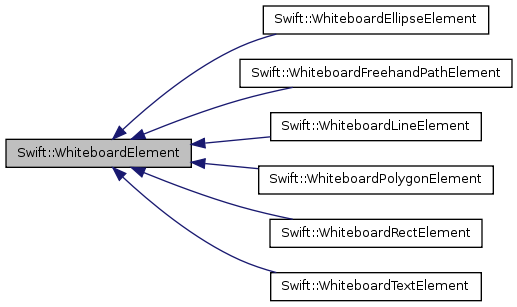
I have functions dealing with parsing HTML, functions dealing with ordering results, presenting results, responding to user actions, etc.
#Swift share function in two file code
So, we don't get any errors.How can I write a function in a separate swift file and use it (import it) to my ViewController.swift file? I have written a lot of code and all of the code is in the ViewController.swift file, I really need to make this look good and place functions on separate files, for cleaner code. And, the type of tuple is still the same (String, String, Dictionary). This way we are able to add an element to a tuple. In the above example, the third element of the tuple is a dictionary Īs we know we can add elements to a dictionary. For example, var laptopLaunch = ("MacBook", 1299, ) In Swift, we can use a dictionary to add an element to a tuple. So, when we try to add and remove elements from the tuple, we get errors. Now, the type of tuple is fixed to (String, String). Here, we have created a tuple with values: "Programiz" and "Apple". Output error: cannot convert value of type '(String, String)'Įrror: value of tuple type '(String, String)' has no member 'remove' For example, var company = ("Programiz","Apple") We cannot add or remove elements from a tuple in Swift. To access the first element of the nested tuple. Since the third element of the is also a tuple, we have used alphabets.3.0 Here, we have first accessed the third element of the alphabets tuple. In the above example, notice the line, print(alphabets.3) I would like to, for example, use the Files app to select a document file (e.g., PDF) and open in my own application.
#Swift share function in two file how to
This is called a nested tuple.Įxample: Nested Tuple var alphabets = ("A", "B", "C", ("a", "b", "c")) To make Button Two use the same IBAction function to process it’s Touch Up Inside event, you should press the Control key and drag Button Two from the Main. I follow the previous question (Swift, Xcode, iOS - How to handle a file sent with 'Open in.' from another app to my own app) to integrate the function to Open in. Here, we have a tuple ("a", "b", "c") as the third element of the alphabets tuple. In Swift, we can create a tuple as an element of another tuple. Note: It is the best practice to use the named tuples as it makes our code more readable. notation and the provided names to access the corresponding values of the tuple. We have used the index number: product.0 and product.1 to access tuple elements. In the above example, we have created a tuple named product with two values. For example, // access the first elementĮxample: Swift Tuple // create tuple with two elements We use the index number to access tuple elements. Like an array, each element of a tuple is represented by index numbers ( 0, 1. Here Swift uses tuple type as a return type to return multiple values as a part of a single unit or compound. In such type of function, the definition contains multiple parameters and return values separated by commas in the parentheses. Here, product is a tuple with a string value Macbook and integer value 1099.99. In Swift, a function can be defined with multiple parameters and return values.


For example, var product = ("MacBook", 1099.99) In Swift, we use the parenthesis () to store elements of a tuple.

Suppose we need to store information about the name and price of a product, we can create a tuple with a value to store name (string) and another value to store price (float) And, each value inside a tuple can be of different data types. In Swift, a tuple is a group of different values.


 0 kommentar(er)
0 kommentar(er)
